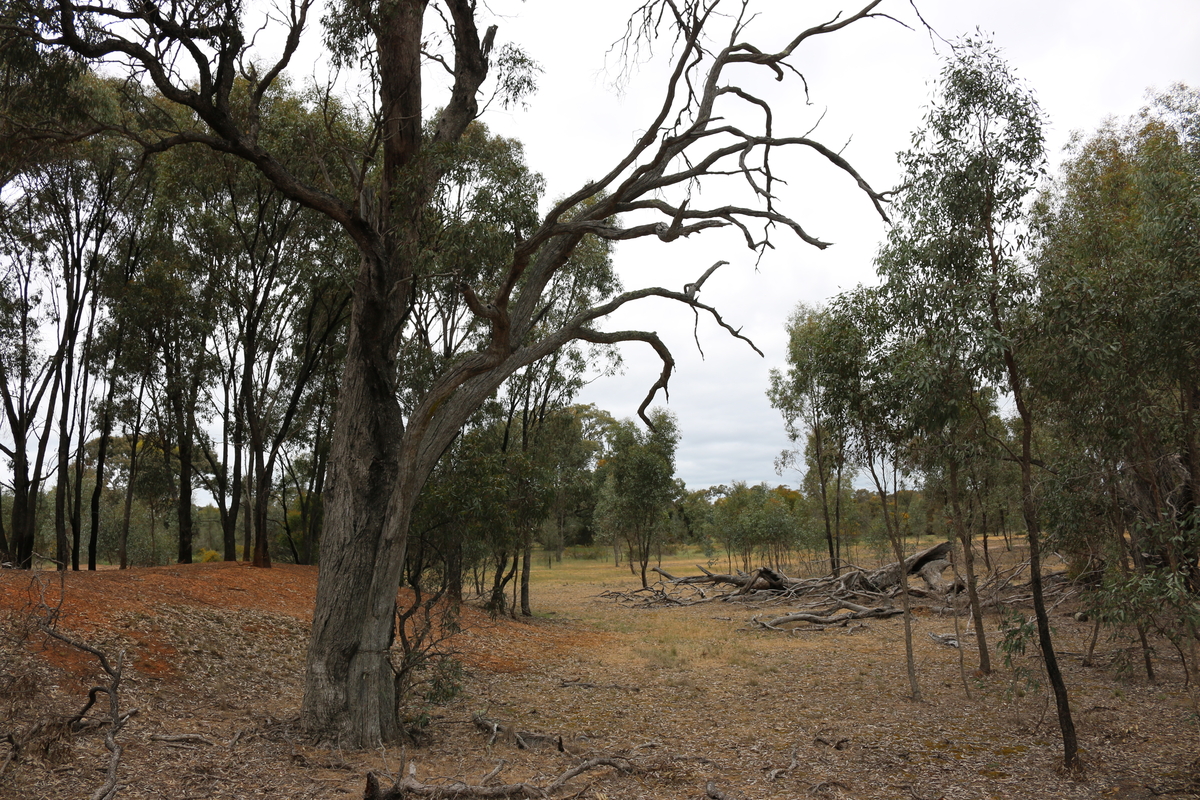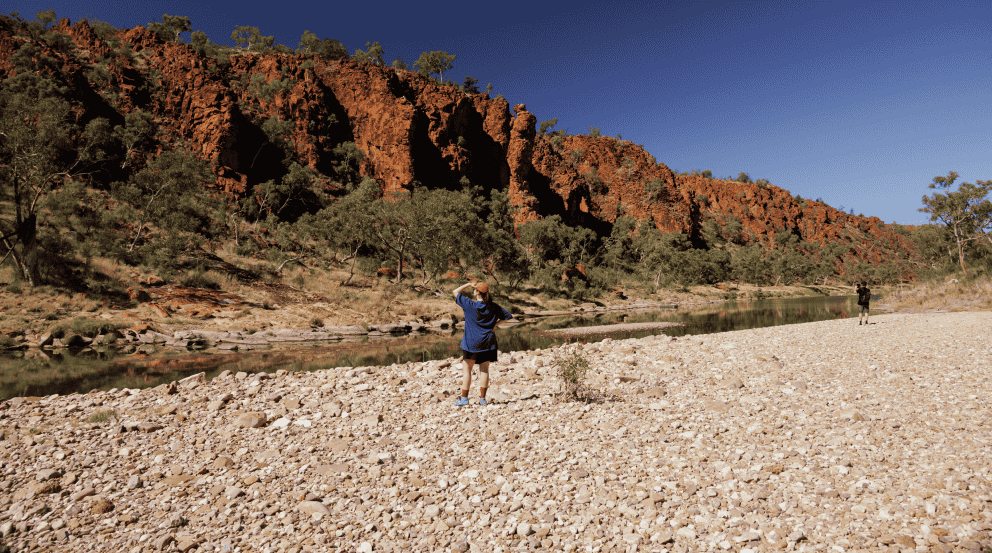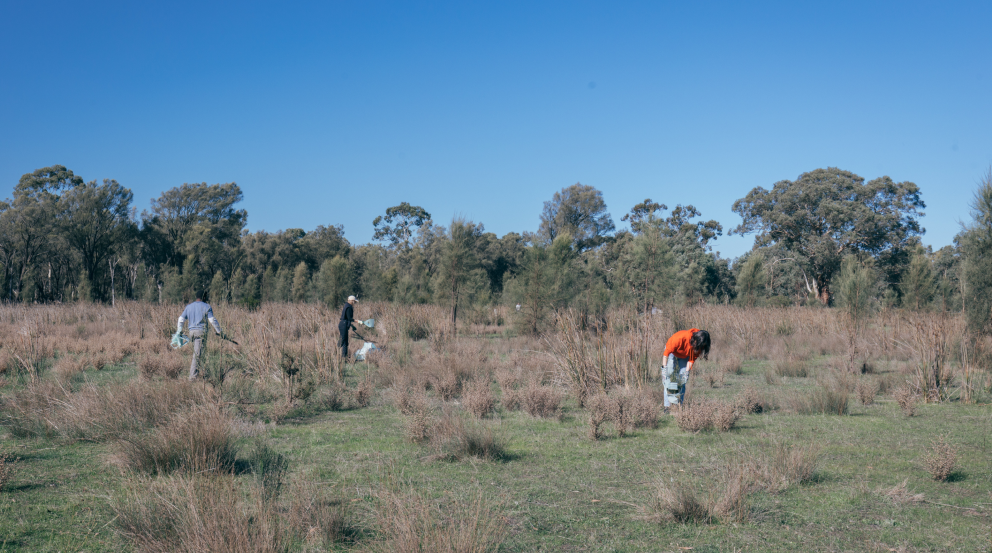The state of biodiversity in Australia (and around the world) is rapidly deteriorating. This Biodiversity Month, we asked three experts what you can do in your everyday routine to help protect the crucial composite of life on earth. The good news? We can all play a part in reducing biodiversity loss in Australia.
Biodiversity – that is, the biological diversity of all of the plants and animals in the natural world – is essential for the healthy ecosystems we rely on to survive. These systems deliver the air we breathe, the water we drink and the food we eat. (We’ve explained more about why biodiversity is important over here.) But biodiversity is under threat. The rate of species extinction is accelerating. And human activity is to blame.
We dig up habitats for resources and infrastructure. We burn fossil fuels that warm the planet, destabilising ecosystems. We overproduce, overconsume and overstep the planet’s boundaries.
Simply put, we’re out of sync with nature.
The good news is, changing our actions can change the world. “To adequately address biodiversity loss, we need an urgent and coordinated approach, and that starts with all of us playing our part,” says Zoe Birnie, a Senior Technical Officer at Greening Australia, one of our conservation reserve partners.
Here are seven simple things you can do to help protect biodiversity in Australia.
Prevent pet-related harm
The first point is as simple as it is effective: keep a close eye on your pets. “Cats are known to predate native birds and small mammals,” says Bram Mason, Bank Australia’s Nature and Biodiversity Manager. “Plus, they can spread germs and diseases like toxoplasmosis to wildlife. Dogs on beaches can impact coastal bird communities or prey on young, fledgling birds.”
Dr Kita Ashman, a Bank Australia customer and threatened species and climate adaptation ecologist at WWF Australia, agrees. “It can be as simple as leaving your cat inside,” she says. “We know that can have a really positive effect on threatened species in urban environments.”
.webp)
Be wise with water
For most of us, clean water from the tap is a given. But it’s worth considering the true value of water beyond our quarterly bills, and honouring it as the precious resource it is. “Be wise around water and its consumption and disposal,” says Bram. “Every time we turn on a tap or flush the toilet, we're having an impact on biodiversity because we're using resources that would otherwise be there for the environment itself.”
Plant and protect native gardens
If you have a garden space, prioritise planting and protecting native vegetation. “Even in urban environments, native trees and plants can help to create homes for native animals, as well as provide shade for the hot summers that are rapidly approaching,” says Zoe. “Focus on removing weeds and invasive species, too.”
Act local, think global
Keep your focus close to home. “Be engaged with your local landscape,” Zoe says. “Whether it’s your local council or landcare network, there are lots of green groups doing important work in the community.” Citizen science activities, like reporting ecological changes in your neighbourhood via an app, can also be useful to help scientists understand what’s going on with biodiversity.
Staying close to home is also helpful. “Reducing the amount that you travel – especially air-related travel – can reduce environmental harm,” says Kita.
If you do need to move about, “Use public transport where possible for a lower impact,” says Bram.
.webp)
Consume consciously
Be aware of your consumption habits and where you spend and save your money. “Try to bring wise choices into your day-to-day environment,” Bram says.
This could mean opting for environmentally conscious goods and services, supporting businesses that fund biodiversity, thinking about a product’s packaging (“that packaging will have come from a resource and may be going back into the ecosystem as pollution,” says Bram), and making dietary choices with nature in mind, like moving towards protein sources that have a minimal impact on the environment.
“Every dollar that you spend and save is effectively casting a vote for that industry or specific company,” says Kita. “If we can try to make choices that are more ethical, sustainable and equitable, that creates a large impact at the individual level, especially when we're talking about banking.”
Join the movement
There are also many organisations, including Greening Australia, Trust for Nature and WWF Australia, who are working on the front lines to mitigate biodiversity loss in Australia. “Supporting an existing movement means people can add their voice to something that's already got momentum,” Kita says.
Educate yourself
Finally, educate yourself on the many benefits of a flourishing diversity of life on earth. “Protecting remnant vegetation and restoring our degraded landscapes are key to improving biodiversity outcomes,” says Zoe. “Human health and wellbeing are tied to the condition of our ecosystems and the ecosystems services that help to sustain life, so it’s in our best interest to protect biodiversity.”
So get outside. Connect with nature. Learn about the plants and animals in the world around us. The more we can get back into step with the natural world, and bring others along with us, the better chance we have of changing behaviours at scale. “Once people understand and connect with nature, then I believe they’ll actually do something to protect it,” says Bram.
Learn more about how Bank Australia protects biodiversity through our conservation reserve in Western Victoria, managed in partnership with Greening Australia and Trust for Nature, and in consultation with Traditional Custodians through Barengi Gadjin Land Council.
.webp)







